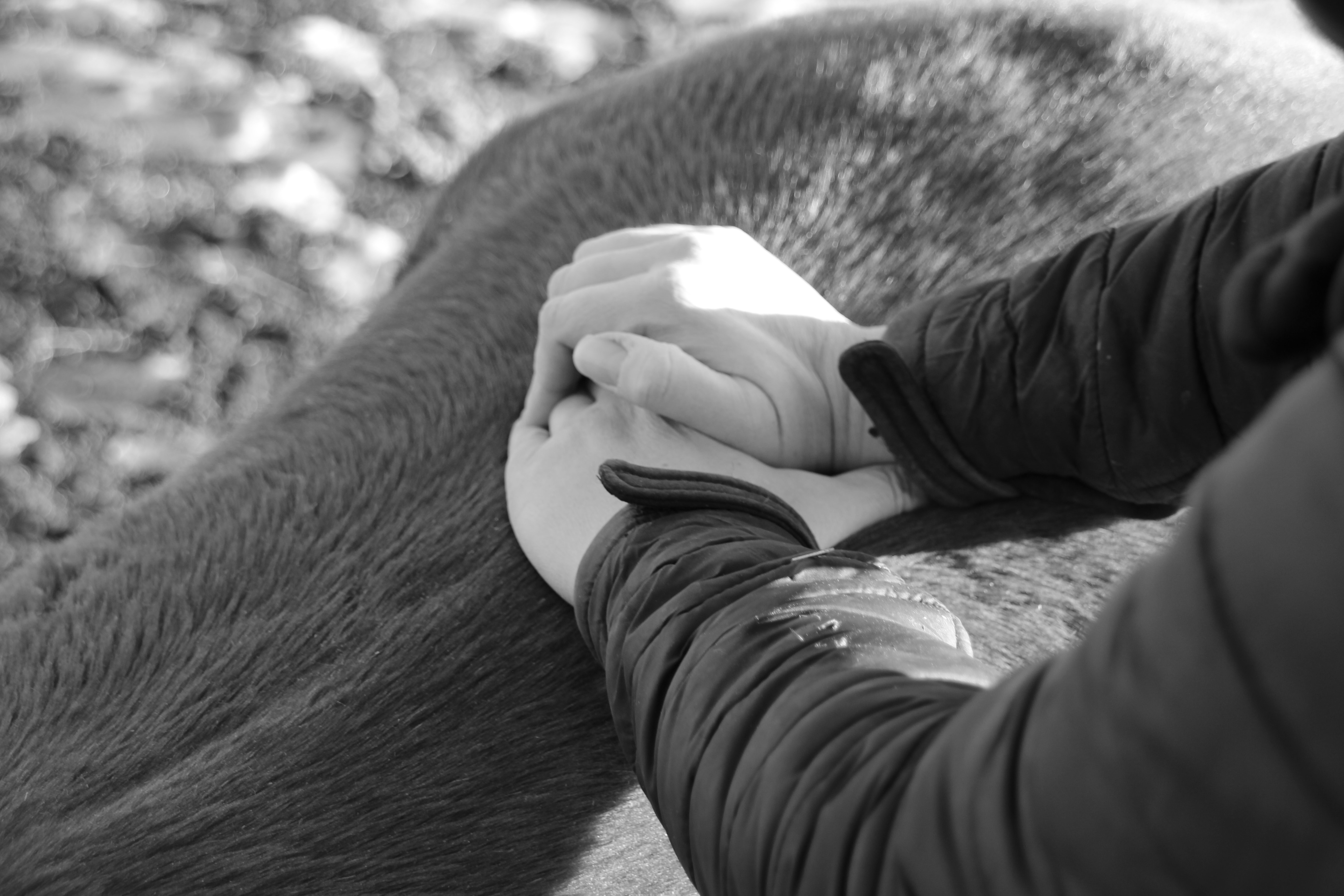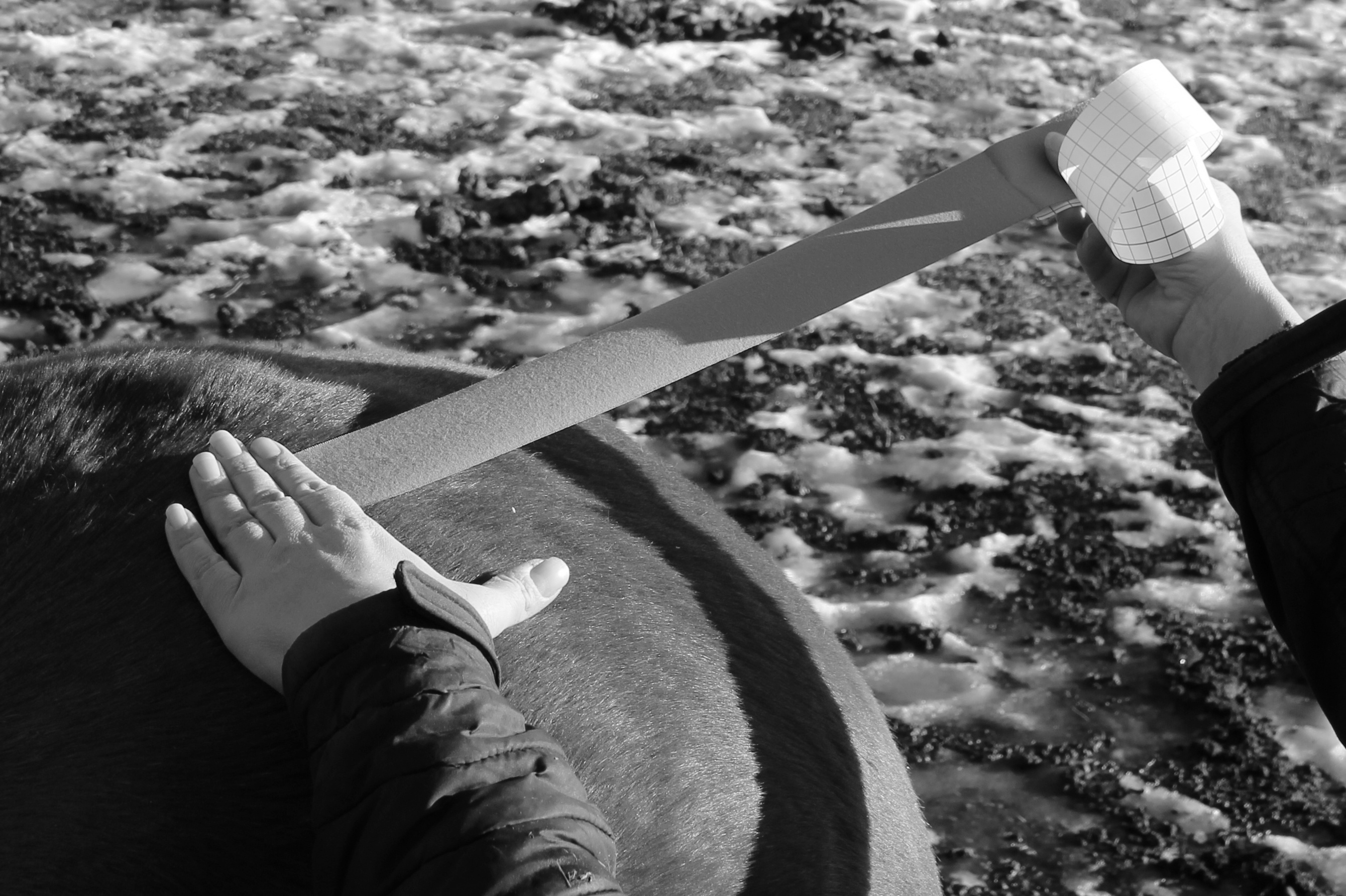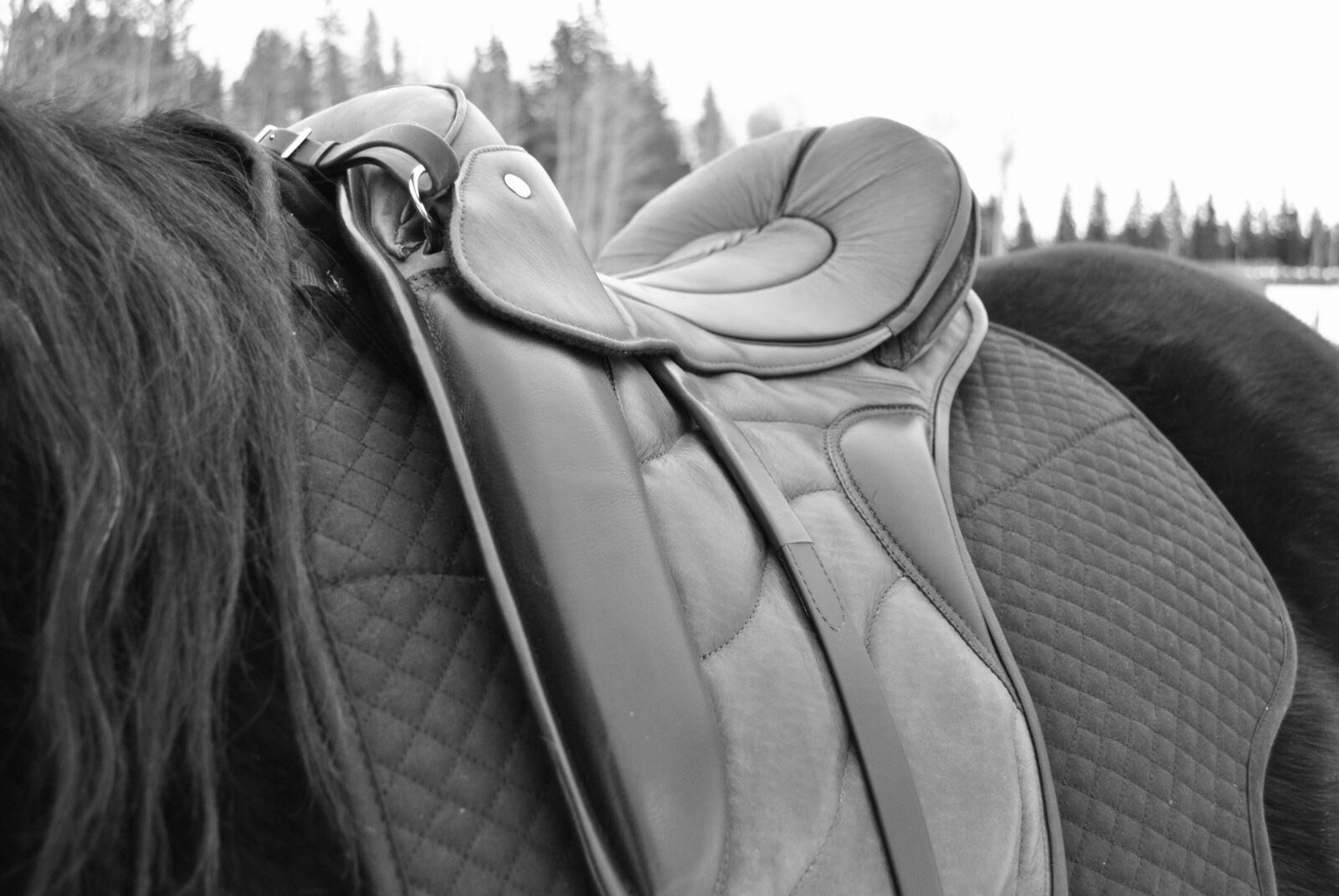Equine Therapy Services

Chiropractic Therapy
The vertebral column is formed by a joined sequence of individual barrel shaped vertebrae which are somewhat distant from the skin surface. The structure which can be felt under the skin surface is in fact the spinous process which is a length of bone attached to the body of the vertebrae. The spinal cord passes through the center of each vertebrae as it travels from the brain down through the spinal column. Branching nerves from the spinal cord carry information from the brain to all the organs, muscles, tissues and cells of the body. All body cells require nervous energy to function properly.
Each vertebrae is flexibly connected with the one both behind and in front on several different levels or articular facets, forming an intricate joint. Muscle fibers, ligaments and dense connective tissue bind each vertebrae to its immediate and distant neighbours in a complex structure. This allows flexibility in the spine.
Misalignment or subluxation, which is defined as a vertebrae that is unable to move (articulate) correctly, causes irritation to the nerves and muscles which affect movement and mobility. Subluxation interferes with flexibility of the back and neck and disrupts the functioning of the nervous system. This can lead to stiffness, discomfort, resistance, decreased performance, muscle spasms and pain. Horses will show compensatory changes in posture, symmetry and movement, most often due to referral of weight and overuse of the supporting limb or muscles.
Horse chiropractics is the manual manoeuvring of the vertebral structure to ensure nervous system control and complete muscle coordination. It is a drugless, non invasive treatment that can help you to realize your horses full potential and relieve it’s pain.

Massage Therapy
Stress Point therapy is an effect tool which allows for an overall view or “map” of tension patterns and soreness. There are 26 stress points on each side of the horses body. The stress points are where ligaments and tendons come together in that muscle group (origin or insertion point). Nerve irritation due to misalignment, stress, fatigue or injury can cause these stress points and muscle groups to become tight and begin to shut down. When this happens the muscle groups do not get the oxygen they require and they become very susceptible to minor or major rips and tears.
When one area of a horse is stressed, the entire system compensates and supports the affected area to continue providing for function. Stress contributes to muscle tension, and such tension either acute or chronic, may even lead to injury because of inhibited range of motion. Muscle tension is contagious, beginning with a few muscle fibers and spreading to surrounding fibers until an entire muscle or muscle group is compromised. Muscle tension and structural weaknesses are rarely symmetrical from side to side. This leads to distorted movement, asymmetrical movement and limited range of motion, reducing a horse’s ability to perform.
In the majority of cases muscle disorders can be traced to a particular incident. They may become troublesome as a result of events such as a sharp blow or they may result from fatigue, overstretching (where they may tear), cooling down too quickly (especially after overheating), incorrect posture or improper hoof function and development, a fever or disease, a structural or systematic imbalance or even poor nourishment.
After the stress points and muscle groups are examined, manual pressure is applied to the stress point, then the muscle group is massaged. Massage therapy increases circulation bringing a fresh supply of blood and oxygen, removes toxins from the area such as lactic acid and can alleviate spasms. This is an effective form of treatment providing relief of muscle tension, thereby promoting relaxation and initiating the body’s own innate healing.

Intrasound Therapy

Kinesiology Taping

Acupuncture

Saddle Fitting
A horse’s behavioral problems and performance problems may also be present due to an improper fitting saddle. If your horse shows any of the physical signs listed below your saddle is most likely to blame.
Physical Evidence Indicating a Poor Fitting Saddle:
- Obvious sores
- White hairs
- Temporary swellings after removing the saddle
- Scars or hard spots in the muscle or skin
- Muscle atrophy on the sides of the withers
- Friction rubs in the hair
- Suspect dry spots under the saddle
- Asymmetry in muscles
- Nerve irritation when palpating the sides of the wither
Some riders and trainers believe that all horses resist work at different stages in training and that some horses are just resistant by nature. This is simply not true. There are times when the horse may not know how to respond correctly. When the messages or aids given by the rider are not clear or when the horse is so sore that he refuses to move forward when asked. It is not the nature of the horse to resist constantly. To be able to perform as their riders or trainers wish, they must be unimpeded by pain.
Many horses are sore in their backs or hampered in their movement due to a poorly fitted saddle. A saddle must fit the horse without pinching, rocking, creating pressure points or pressing on the horse’s spine. A saddle must also allow for proper movement. For example, if the front third of the saddle restricts the horse’s shoulders or withers, he/she will be reluctant to stride out. Frequent or obscure rear leg lameness or stiffness can occur because the hind legs cannot engage or come underneath the body with normal, strong movement. Instead the hind legs tend to trail behind the horse. This causes excessive stress and concussion on the hind leg joints. Reluctance to use the back and hindquarters properly is caused by too much pressure from the back third of the saddle.
Some important things to remember regarding anatomy when it comes to your saddle fit are:
- The wither is part of the spine, your saddle should never rest on this area nor should it pinch the sides of the wither (spinous process).
- Your horse’s front legs are NOT attached via a bony joint to the main body structure, as in the hind end (hip joint) but instead they are attached via soft tissues. Scapular cartilage resides over the top of the scapula and damage to this cartilage is possible when an ill fitting saddles pinches or restricts this area.
- The lumbar vertebrae are not supported by an underlying structure, as in the case of the thoracic vertebrae (bony and cartilage connections to the sternum via the rib cage) and therefor should not be weight bearing. Pressure from the saddle should not be exerted on this delicate area.
A proper fitting saddle, though often overlooked, is one of the most important gifts you can give yourself and your horse. It connects you together and allows for communication. The saddle may be considered an extention of you and an ill fitting saddle has the potential to damage your relationship with your horse. It also has the potential to cause misalignment and injury throughout your horse’s body. If you suspect your saddle of fitting poorly I will gladly examine and test the saddle fit and work towards finding a saddle that is right for both of you.
- Chiropractic Therapy
- Massage Therapy
- Acupressure
- Intrasound Machine Therapy
The following Elective Therapies are offered at an additional cost…
- Kinesio Taping
- Therapeutic Acupuncture
- Red Light Therapy
- Basic Saddle Fit/Quick Assessment for each saddle
Please allow approximately 1.5 hrs for the initial equine therapy session. During each session you will be taught pertinent stretching and release techniques so that you may help to assist in your horse’s recovery and general health.
During each session, you will be taught pertinent stretching and release techniques so that you may help to assist in your horse’s recovery and general health.
Other services:
Curious about Treeless Saddles?
Equinox Health offers a Saddle Trial Service where you will be able to ride in numerous Treeless Saddle to see if one of these is right for you and your horse.
The current Saddle Trial Rate is $80 for a 1 hour session. The same travel rates (described under therapy) will apply. To see which saddles we carry please visit “Treeless Saddle Trials”.
Would you like to learn more about First Aid for horses?
Please check out our “Clinics” Page for more information. Hosting opportunities are available.
Would you like to learn more about your horse and be able to assist your horse in his/her healing and general health?
Equinox Health offers Equine Education Clinics, which work to “EMPOWER THE OWNER” with knowledge!! For more information, please visit the “Clinics” page. Hosting opportunities are available.
Do you need to increase your horsemanship handling and communication skills?
I can I assist you in learning and applying principles to effectively accomplish round penning, refined round penning, desensitizing and sensitizing exercises on-line, as well as safe trailer loading practices. By working with you and your horse, one on one I will work to empower you with these effective tools and techniques that are based on the teachings of Canadian Natural Horsemanship’s, Nettie Barr.
Please contact me for rates and details.
